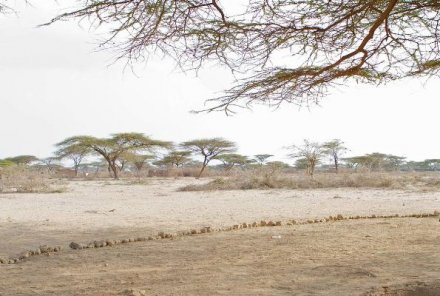
The El Niño weather “pendulum” appeared to begin its long swing back late last month, plunging Majuro, the capital, and the Marshall Islands into the beginning stages of a drought.
Weather officials say, however, that the Marshall Islands is not yet safely out of the El Niño-inspired cycle that has produced multiple tropical storms and cyclones with resulting damage and seawater inundations in this low-lying country.
Even as the weather system appears to be shifting, the Marshall Islands has one or two months left in the typhoon danger zone, while drought conditions will magnify, Guam-based weather officials predict.
With one exception since October 21, Majuro has seen only “trace” rainfall — a dramatic change from the rain deluge recorded since April. In October, Majuro received 10.44 inches of rain, down from the 30-year normal October rainfall of 13.27. Through earlier this week, Majuro had recorded just .34 inches of rain, compared to the monthly average of 13.23 inches, according to the Majuro Weather Service.
Meantime, Guam-based Pacific El-Niño Southern Oscillation or ENSO Applications Climate Center, is describing this year’s El Niño-inspired weather as “wild,” “extreme,” and “unusual.”
Through mid-July, 12 named tropical cyclones (typhoons) were observed in the western north Pacific, including several that did series damage to different islands including Marshall Islands. “Three separate instances of damaging sea inundation occurred on some of the atolls of the Marshall Islands,” said an ENSO Center report. “Each of the damaging sea inundations was associated with a tropical cyclone in the region.”
The ENSO Center makes the point that the threat to the Marshall Islands of tropical storms is not yet over, even as the El Niño appears to have peaked. “We anticipate two or three typhoons to form in eastern Micronesia (RMI area) through January 2016,” the report said. “These late-season typhoons could be serious threats to some of the atolls of the Marshall Islands. The chances are estimated at least 50-50 for another tropical cyclone to bring damaging wind, heavy rainfall and/or high surf to one or more of the atolls of the Marshall Islands.”
Next stage of El Niño? A long period with no rain.
“Drought related to El Niño becomes severe early in the year that that follows a strong El Niño (for example, 1983 and 1998),” the ENSO Center said. “After September, the monthly rainfall begins a steady decline, sinking to well below average during the first few months — January to May —for northern islands in the nation.
